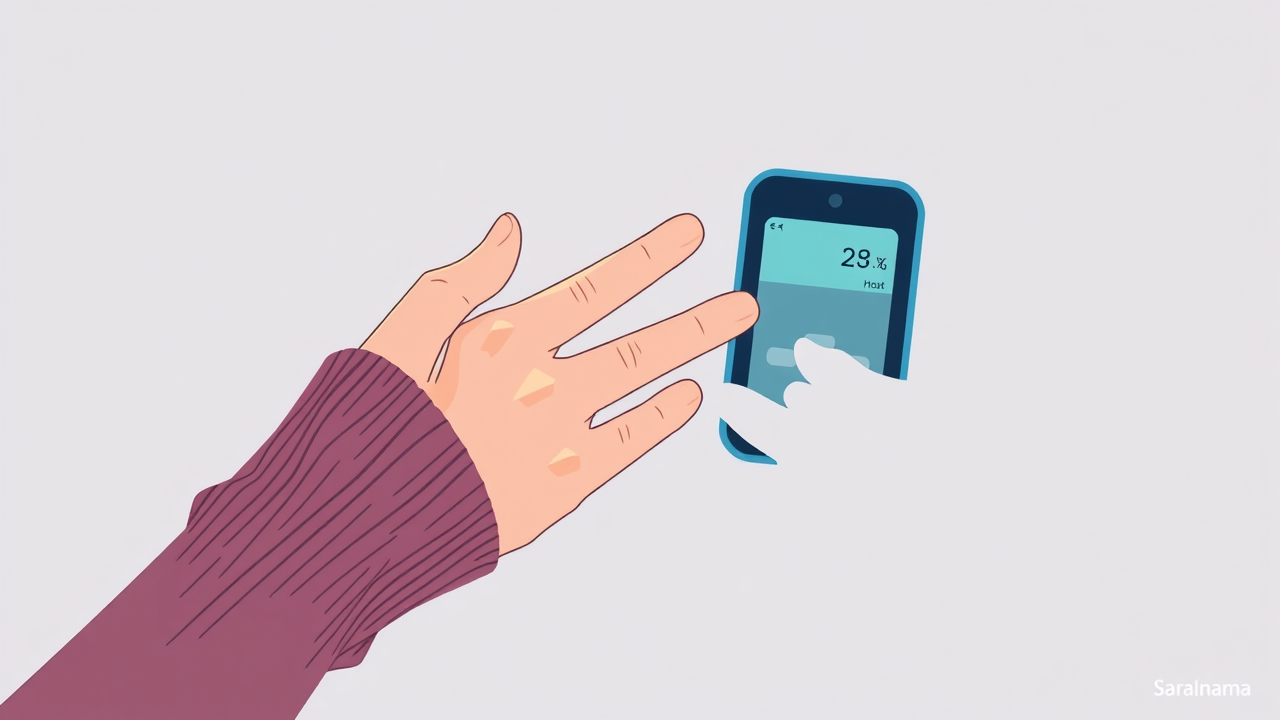Diabetes can lead to a lesser-known complication called diabetic cheiroarthropathy, which causes stiffness and reduced mobility in the hands. This condition develops gradually due to prolonged high blood sugar levels, making it difficult to move fingers, grip objects, or perform everyday tasks. Unlike arthritis, it is typically painless but results in tight, waxy-looking skin on the back of the hands. The stiffness occurs because elevated blood sugar alters collagen in skin and joints, making it less flexible. Damaged blood vessels and nerves worsen the problem. While not life-threatening, diabetic cheiroarthropathy often goes undiagnosed until significant stiffness develops. Early recognition through simple tests like the 'prayer sign' can help distinguish it from other hand conditions. Managing blood sugar levels through proper nutrition, regular exercise, and hand stretches can prevent or slow progression. Understanding this complication is essential for preserving hand function in people living with diabetes.

Managing and Preventing Hand Stiffness in Diabetes
Controlling blood sugar is the most important step in preventing hand stiffness. A diabetes-friendly diet should include whole grains, high-fiber vegetables, beans, lean proteins like fish or chicken, and healthy fats from nuts and seeds. Avoid processed foods, sugary drinks, and refined grains that increase inflammation and raise blood sugar. Supplements such as vitamin D, omega-3s, or alpha-lipoic acid may support joint and nerve health. Daily hand stretches—gently opening and closing fists, finger lifts, or the 'prayer sign' stretch—help maintain flexibility. Regular aerobic exercise, yoga, and light weights improve circulation and regulate blood sugar. Physical or occupational therapy can provide customized hand routines. Quitting smoking and maintaining a healthy weight also protect joints and overall mobility.
Source: Link
